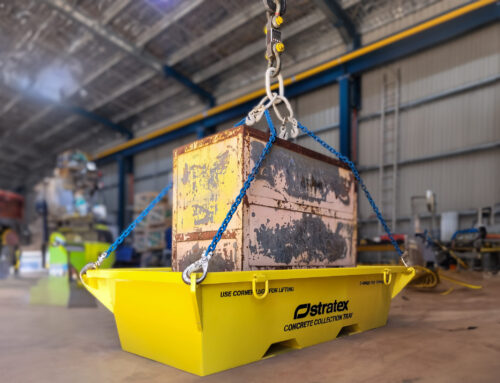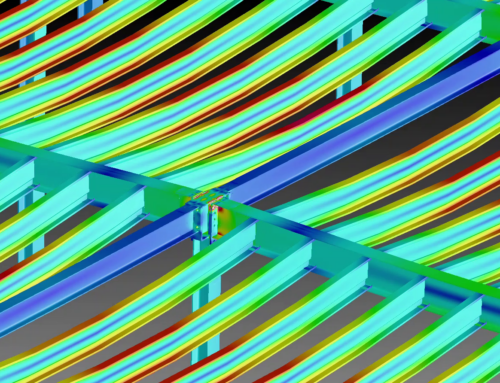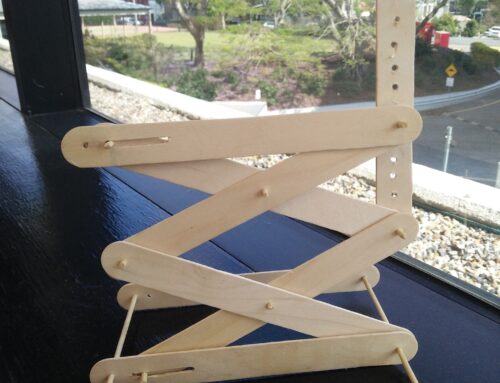Use of Chain Slings – Important Changes to the Australian Standards
Practices for the care and use of chain slings are outlined in AS 3775. This Standard has recently been revised to incorporate significant changes to the maximum allowable sling angle for typical two-leg reeved (choke hitch) sling arrangements.
The latest edition of AS 3775.2 (Chain Slings for Lifting Purposes – Part 2: Care and Use) was released in November 2014 as a replacement to the previous edition from 2004. In the earlier version, two leg reeved sling arrangements could be used with included angles up to 120 degrees. The latest edition limits this angle to just 60 degrees. The reduction is likely due to the inherent tendency for the ‘choke’ to slip when large included angles are used on certain materials.
This change is expected to have implications on a wide variety of industries that use this common method for lifting pipes, beams and a variety of bundled goods. Ensuring compliance with this new requirement will mean that either greater ‘head room’ is required when lifting objects or the attachment points need to move closer to the centre of the mass, should the head room remain unchanged.
The new requirements are detailed in Table 1 of AS 3775.2-2014
How Practical Engineering Australia can help you?
Practical Engineering has many years experience in the use, design and certification of lifting equipment and is well placed to provide advice or solutions in this area. Problems arising due to the recent changes to AS 3775, such as having insufficient ‘head room’ or inadequate load stability may be readily solved by our experienced engineers.
Our services include providing Engineered Lifting Plans as well as the design, certification and manufacture of custom spreader bars, all requiring minimal lead times. If you would like to find out more about our services please contact our Sales Team on 07 3875 2133 or email







